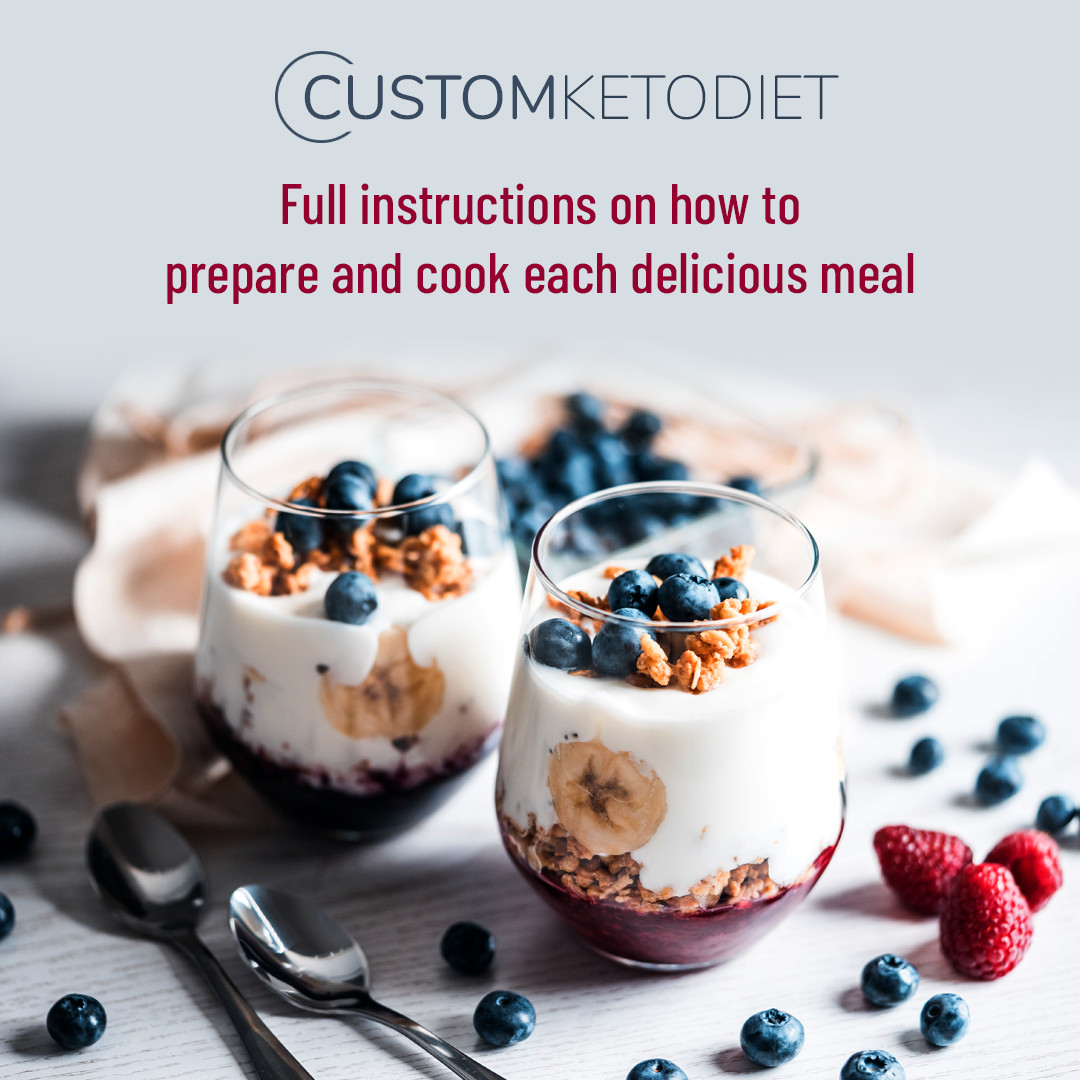
Growing up in the Czech Republic, I enjoyed a variety of delicious homemade sausages, which were a staple at our family gatherings.
This recipe for homemade sausages, known as Ćevapi or Ćevapčići, originates from the Balkan region of southeast Europe. Combining the rich flavors of ground beef, pork, and lamb, these sausages are juicy, flavorful, and perfect for a low-carb diet.
With a simple mix of spices and a few essential tips, they are easy to prepare and ideal for meal prep or sharing with friends and family. These naturally gluten-free, meaty sausages are also carnivore keto-friendly, making them suitable for those who follow a strict carnivore diet (depending on the allowance of aromatics and spices). They will be a hit at any summer barbecue party!
Recipe Tips and Swaps
To ensure your sausages are perfectly juicy and flavorful, it's important to balance lean and fatty meats. Here's how you can adjust the recipe to your liking:
- Meat Options: You can use different ground meats, such as turkey or chicken, but keep in mind the fat content. A mix of lean and fatty meats ensures the sausages stay moist and tender.
- Lean vs. Fatty Meats: If using leaner meats, like ground turkey or chicken, consider adding a bit of ground pork or lamb to maintain the juiciness. Aim for a balance, such as 50% lean meats (beef or turkey) and 50% fatty meats (pork or lamb).
Making Cevapcici in the Oven
If you prefer baking over grilling, preheat your oven to 200 °C/ 400 °F (fan assisted), or 220 °C/ 425 °F (conventional). Place the sausages on a baking sheet lined with parchment paper and bake for 20-25 minutes, turning them halfway through, until they reach an internal temperature of 70 °C/ 160 °F.
How Do You Eat Cevapcici Sausages?
These homemade sausages pair wonderfully with a variety of side dishes. Here are some ideas:
- Simple Summer Salad: A fresh, crisp salad with mixed greens, cherry tomatoes, cucumbers, and a light vinaigrette makes a perfect side dish. There's lots of options here.
- Ajvar Dip: Serve the sausages with the traditional Ajvar Dip for a flavorful combination. The smoky, roasted red pepper dip complements the rich taste of the sausages beautifully.
- Low-Carb Bread: Enjoy the sausages with some low-carb bread or buns for a hearty meal. There's tens of keto bread recipes here.
- Grilled Vegetables: Pair with grilled vegetables like zucchini, bell peppers, and asparagus for a complete, nutritious meal. There Grilled Mediterranean Vegetables are a great match!
- Keto Coleslaw: A creamy coleslaw can add a nice crunch and balance to the meal. Everyone loves the classic Coleslaw but not many people realize how delicious it can be when made with purple cabbage instead. This Creamy Red Cabbage Coleslaw is a must-try for every summer barbecue! When kohlrabi is in season, try this Crunchy Kohlrabi Slaw, or make use of leftover broccoli stalks by making this Broccoli Stem Bacon Slaw.

Preparation time
Hands-on: 20 minutes
Overall: 30 minutesNutritional values (per serving, 4 sausages)
| Total Carbs | 1.4 | grams |
| Fiber | 0.4 | grams |
| Net Carbs | 1 | grams |
| Protein | 37.1 | grams |
| Fat | 20.4 | grams |
| of which Saturated | 8.6 | grams |
| Energy | 343 | kcal |
| Magnesium | 33 | mg (8% RDA) |
| Potassium | 440 | mg (22% EMR) |
Macronutrient ratio: Calories from carbs (1%), protein (44%), fat (55%)
Ingredients (makes 16 sausages)
- 3 cloves garlic, crushed
- 250 g ground beef, 5% fat (8.8 oz)
- 250 ground pork, 5% fat (8.8 oz)
- 250 ground lamb, 20% fat (8.8 oz)
- 1 tsp paprika
- 1 tsp baking soda
- 1 tsp sea salt
- 1 tsp ground black pepper
Instructions
- Peel and crush the garlic. Place all the ingredients in a mixing bowl. Remember to add the baking soda, as it helps tenderize the meat. Mix until well combined to ensure the flavors are uniform throughout the sausages.

- Mix until well combined so the flavor is uniform for all sausages.

- Using your hands, shape the mixture into flat, finger-length sausages, each about 50 g (1.8 oz) and 1 1/2 cm (1/2-inch) thick. Although you can make them into thicker, round sausages, flatter sausages are easier to cook through.

- Preheat a griddle pan or a grill. Cook undisturbed for 4-5 minutes until a crust forms. Flip the sausages and cook the other side for another 4-5 minutes. Ensure they are no longer pink in the center. An instant-read thermometer inserted into the center should read 160°F (70°C).

- When done, transfer the sausages to a plate and serve immediately. Alternatively, let them cool to room temperature and store in an airtight container in the fridge for up to 4 days. For longer storage, freeze the sausages for up to 3 months.

- Serve with fresh summer salads and/or some Ajvar Dip!

from KetoDiet Blog https://ift.tt/xcbiHpf
via IFTTT













































